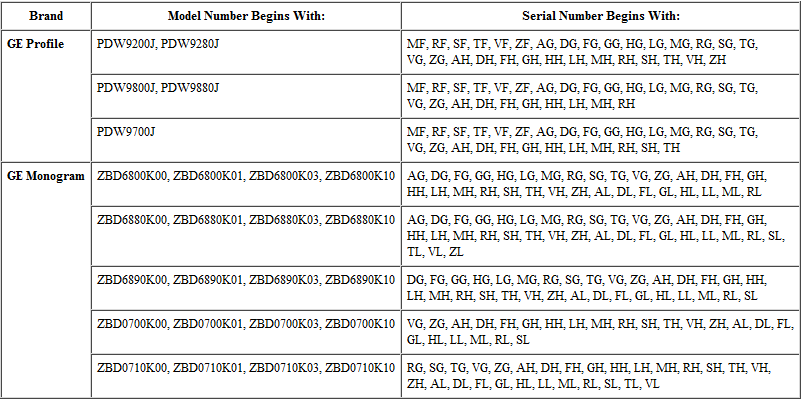Advocacy groups and appliance manufacturers hailed a 25 percent increase in energy efficiency for most new refrigerators, starting in 2014, thanks to new efficiency standards that the U.S. Department of Energy (DOE) announced today, continuing a 40‐year trend of improving energy efficiency for this essential home appliance.
The groups said the new standards are the first step in the department’s implementation of the
recommendations they proposed to DOE in July for new minimum efficiency standards, tax credits and ENERGY STAR incentives for smart appliances affecting six major categories of home appliances.
According to the proposed rule, a typical new 20‐cubic‐foot refrigerator with the freezer on top would use about 390 kilowatt hours (kwh) per year, down from about 900 kwh/year in 1990 and about 1,700 kwh/year in the early 1970s. On a national basis, the new standards would, over 30 years, save 4.5 quads of energy, or roughly enough to meet the total energy needs of one‐fifth of all U.S. households for a year. Over the same period, the standards will save consumers about $18.5 billion. DOE will finalize the standards by year’s end, and they take effect in 2014.
“This big step forward for refrigerator efficiency proves that the well of innovation leading to energy savings is very, very deep,” said David B. Goldstein, energy program director for the Natural Resource Defense Council and winner of a MacArthur Prize for his work on refrigerator efficiency. “These standards pave the way for manufacturer investments in a next generation of products that demonstrate ever‐increasing energy and cost savings.”
Based on the July agreement, home appliance manufacturers and efficiency, environmental and consumer advocates have agreed to jointly pursue with Congress and the administration new standards for six categories of home appliances (refrigerators, freezers, clothes washers, clothes dryers, dishwashers and room air conditioners), a recommendation that ENERGY STAR qualification criteria incorporate credit for Smart Grid capability and a package of targeted tax credits aimed at fostering the market for super‐efficient appliances.
As part of the new refrigerator standards, ice maker energy consumption also will be reflected in product energy‐use ratings, giving consumers a better way to gauge actual energy use when making a choice among refrigerators.
“Even though refrigerators have become much more energy efficient, they still account for about 10 percent of household electricity use,” observed Alliance to Save Energy Vice President for Programs Jeffrey Harris. “With the new standards, consumers will not only save energy, they’ll also have a better picture of total energy use, because the ratings will include automatic ice makers.”
Several prior refrigerator standards, including those put in place in 1993 and 2001, are also the result of joint industry/advocate agreements.
A table showing the percent energy savings achieved by the proposed standards relative to current standards for select categories and the complete press release can be seen at AHAM.org











